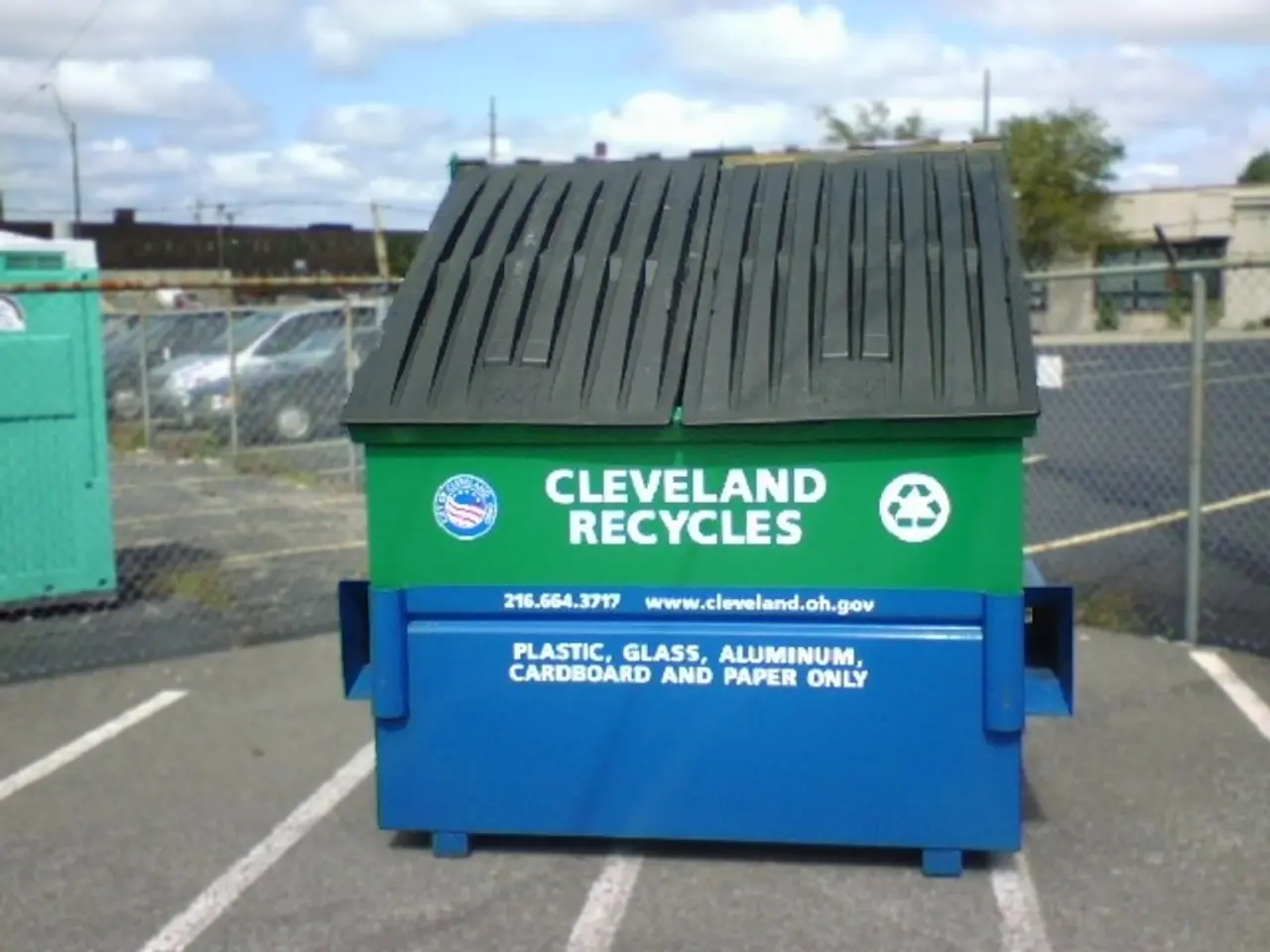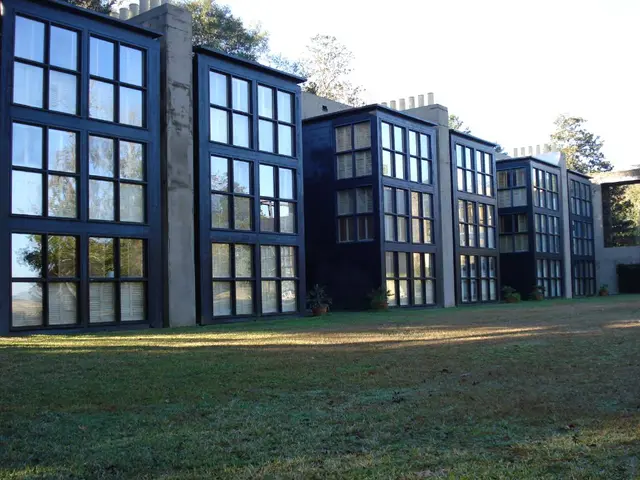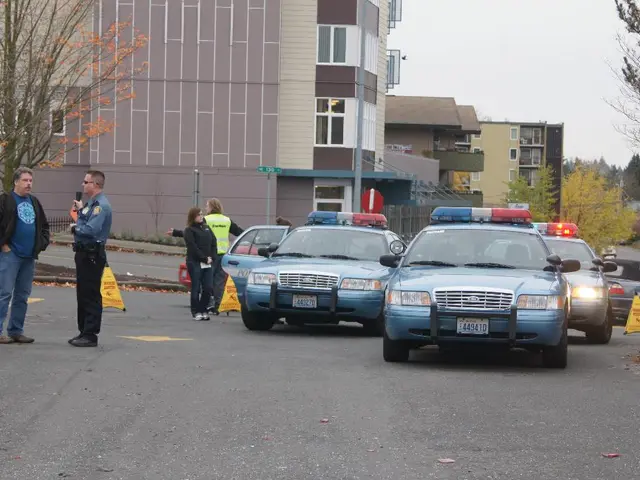Victory Over Hazardous Waste Achieved by Dedicated Mother's Persistence
The Love Canal disaster in Niagara Falls, New York, serves as a stark reminder of the dangers of improper hazardous waste disposal and the power of community activism. The disaster unfolded due to the industrial dumping of chemical waste by the Hooker Chemical Company into an incomplete canal from the 1930s to the 1950s.
In the 1970s, as the land was developed for residential use, residents began experiencing serious health problems linked to the hazardous waste seeping into their homes and surroundings. Lois Gibbs, a stay-at-home mother, found herself at the forefront of the crisis when she discovered that her five-year-old son, Michael, was suffering from seizures, and she suspected the playground at the school was the source of his exposure to chemicals.
Gibbs' identity as a stay-at-home mother allowed her to ask "innocent but deadly" questions, disarming powerful officials without intimidating them, but also opened her up to criticism, gossip, and sexism. Undeterred, she became the president of the Love Canal Neighborhood Association, a grassroots group dedicated to investigating the neighborhood's issues.
Gibbs and the neighborhood association put in hundreds of hours on the telephone, going house to house, and lobbying for help. In 1976, the Niagara Gazette reported that some homes in Love Canal were experiencing chemical leaching in their basements. By 1978, an elementary school was located in the Love Canal neighborhood, and houses like Gibbs' lined its streets.
State officials eventually evacuated pregnant women and children under the age of two from the Love Canal neighborhood in August 1978. Environmental testing revealed that the contamination was not just limited to the playground but also affected basements, back yards, bedrooms, drains, and the groundwater. Over 100 deadly compounds were confirmed at the Love Canal site, including benzene, dioxin, and toluene.
People were dying in the Love Canal neighborhood, including a young boy named John Allen Kenny. The Niagara Falls Board of Education leased the Love Canal area to Hooker Chemical with a deed that contained a disclaimer excusing them from any liability related to the chemical dumping.
The disaster at Love Canal became a national symbol of the dangers of improper hazardous waste disposal. Long-term health effects on residents included high rates of birth defects, pregnancy losses, and cancers. These adverse outcomes were tied to exposure to various toxic chemicals, especially chlorinated hydrocarbons, buried in a local landfill beneath the neighborhood.
The severity of health issues and community activism surrounding Love Canal spurred the 1980 U.S. Comprehensive Environmental Response, Compensation, and Liability Act (CERCLA), commonly known as the Superfund program, to address and clean up hazardous waste sites nationwide [1][3]. Lois Gibbs went on to found the Center for Health, Environment, and Justice, becoming a key figure in the environmental movement and inspiring generations of grassroots activists [5].
Sources:
[1] Love Canal Tragedy | SlideShare, 2025 [3] Chemistry World, "Learning from the life living in Superfund sites," 2025 [5] US EPA Superfund Sites in Reuse in New York, 2025
- The ocean, vast and mysterious, mirrors the uncharted depths of undiscovered dangers in environmental science, as illustrated by the Love Canal disaster.
- The history of the Love Canal disaster serves as a reminder of the importance of environmental protection, particularly in maintaining the health and wellness of communities.
- From the Earth's surface to the furthest reaches of space and astronomy, the Love Canal disaster underscores the interconnectedness of our environment and the potential ripple effects of human actions.
- The Love Canal tragedy teaches us that improper hazardous waste disposal can lead to chronic diseases like chronic kidney disease and cancer, emphasizing the need for health-and-wellness awareness.
- Climate change, medical-conditions, and environmental protection are inexplicably linked, as demonstrated by the impact of the Love Canal disaster on the neighborhood's residents and their long-term health outcomes.
- CBD, a compound gaining popularity in health-and-wellness circles, could potentially play a role in managing some of the chronic health issues exacerbated by exposure to waste like that found in the Love Canal disaster.
- In the face of environmental crises like the Love Canal disaster, educational initiatives are crucial in fostering community awareness, empowering activism, and advocating for environmental-science driven policy.
- The Love Canal disaster highlights a collaboration between science, the community, and the medical field, demonstrating the need for cross-disciplinary approaches in addressing such environmental crises and their impacts on human health.
- The Love Canal disaster stands as a testament to the power of adventure, resilience, and community activism in the face of adversity, inspiring future generations to advocate for a healthier and safer planet.








